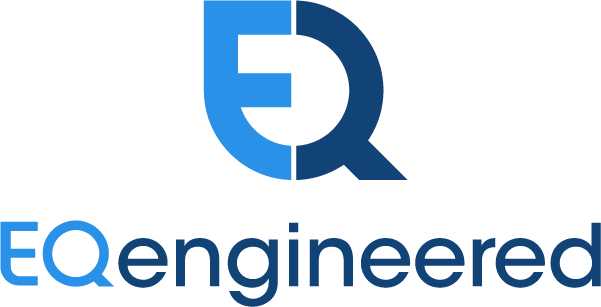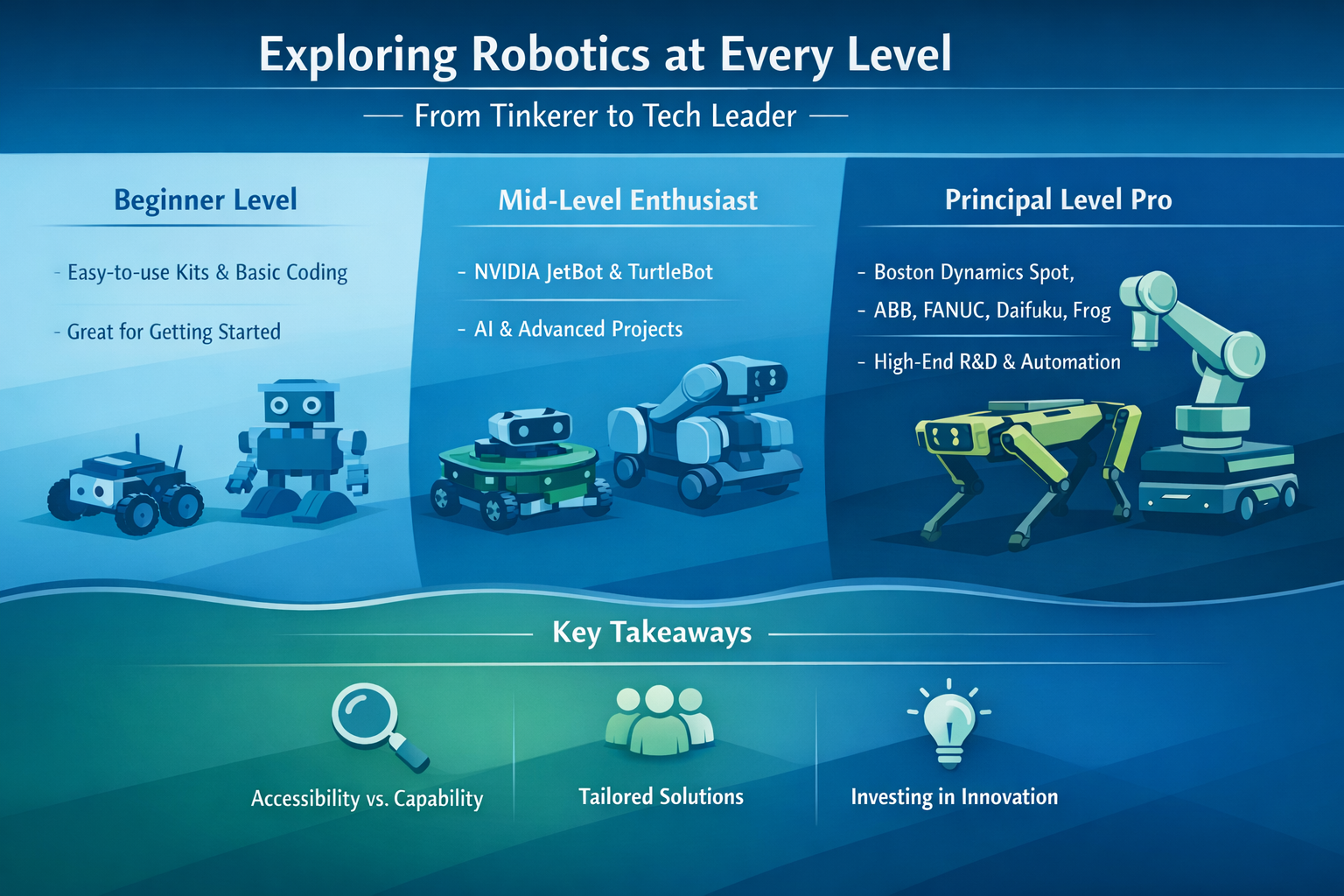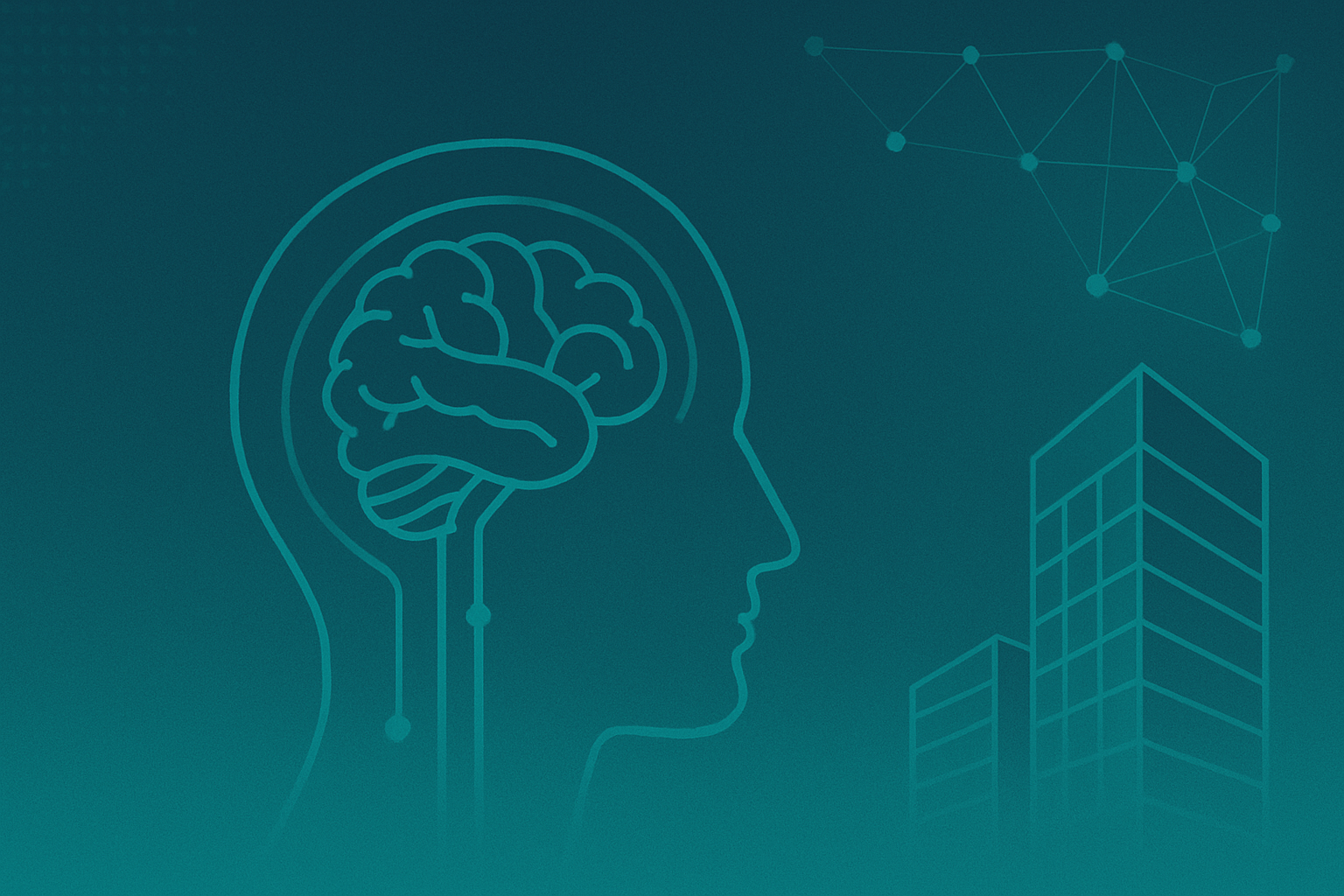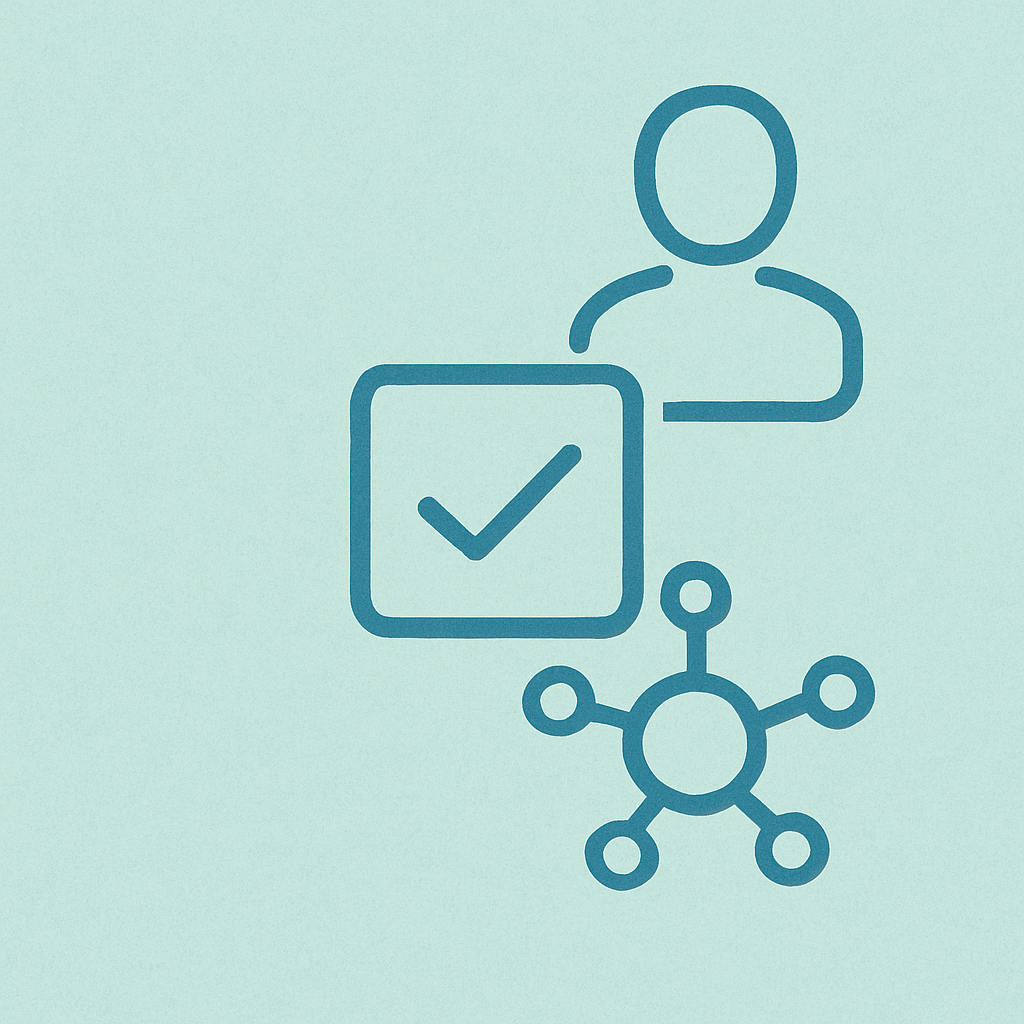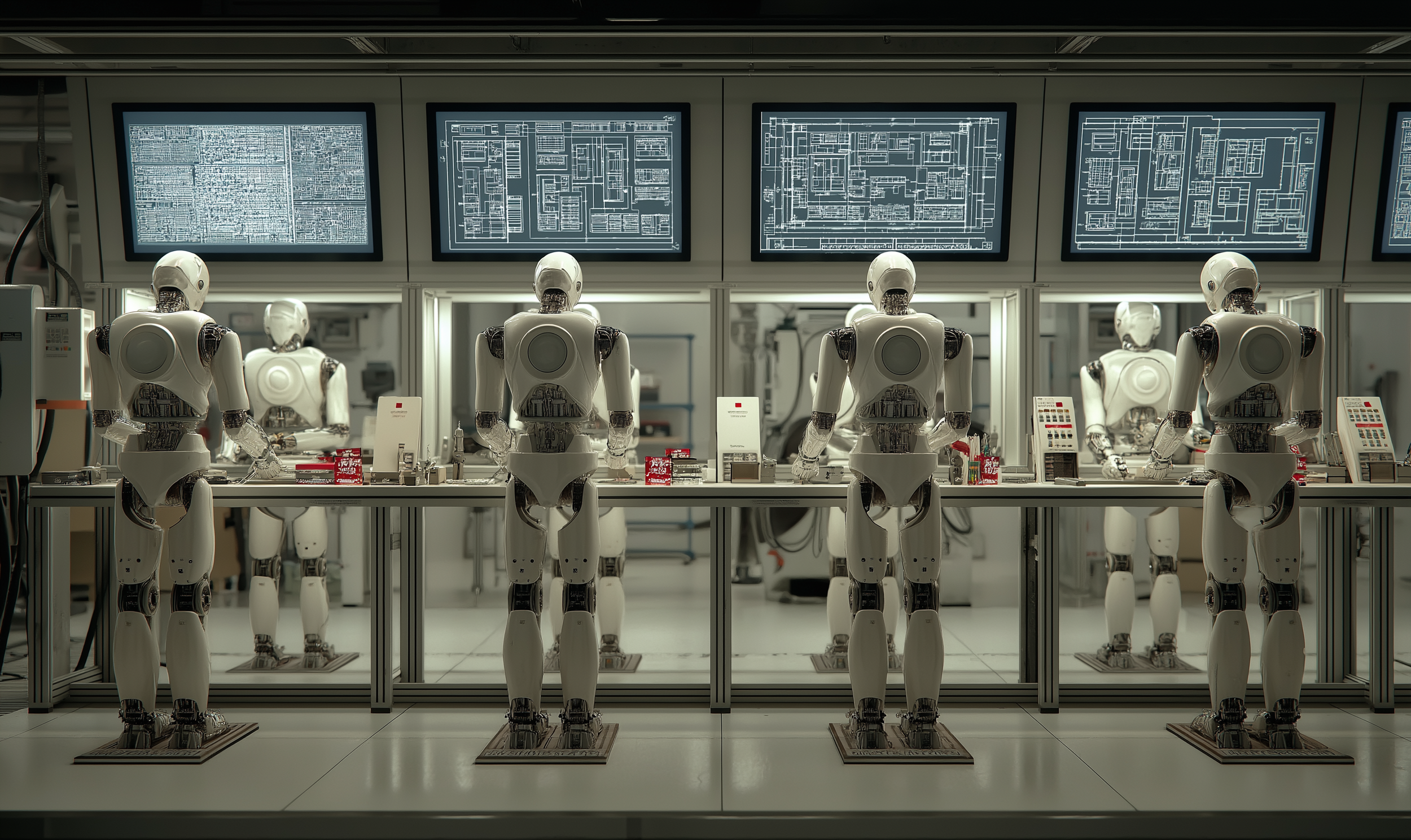When it comes to diving into the world of robotics, there is a perfect entry point for everyone. Whether you are a non-technical enthusiast, a mid-level tech tinkerer, or a principal-level AI pro, there’s a robot and a set of opportunities that fits your needs.
Read MoreAs enterprises close out 2025 and look ahead to 2026, digital transformation is entering a more consequential phase. The conversation is no longer about experimentation or pilots. It is about execution, accountability, and building capabilities that endure.
Read MoreIn 2026 and beyond, our role is clear: to turn complexity into clarity, innovation into execution, and transformation into sustained business value.
Read MoreIt’s nearly 2026. After decades of writing code by hand, and in less than one chaotic year, we software developers find ourselves in an entirely new world. Our machines not only can write most of the code for us, but far more than we could have ever written ourselves.
What have we learned in 2025, the extraordinary year of software agents, that can help us use them more effectively in 2026?
Read MoreAutonomy is the path to greater enterprise resilience. The future will not only be efficient. It will be autonomous, and it must remain human at its core.
Read MoreThe answer to potential mistakes by coding agents is often increasing the amount of test code. Many organizations are making a big push to increase testing code to enable greater agent use.
Yet my experience has revealed that this formula does not work as well as imagined. Human decisions around test code before we used agents were doing more good work than I realized, and they need to be restored.
Read MoreOver the next three to five years, the real frontier is going to be all about personalization, governance, and keeping the human element front and center.
Read MoreAs we enter 2026, a new competitive paradigm has emerged: agentic AI.
Systems that operate not only with intelligence, but with agency.
Read MoreAgentic AI represents a once-in-a-generation opportunity to redefine competitive advantage. By harnessing data, technology, culture, and enterprise-wide capabilities, organizations can reimagine work, accelerate learning, and lead by example.
Read MoreAs the use of coding agents has become fully mainstream, it is now time to help teams on large projects work together to make their AI use more effective, rather than continuing to leave individuals to improve results by themselves.
Read MoreA good prompt can lead to behavior that feels like magic. One line of carefully tuned instructions can transform messy input into something structured, useful, and surprisingly specific. That makes a strong prompt more than just a clever trick!
Read MoreEvery AI model you interact with is following invisible instructions that shape its entire personality and behavior. And when you understand how these work, you can finally control what you get out of AI tools.
Read More